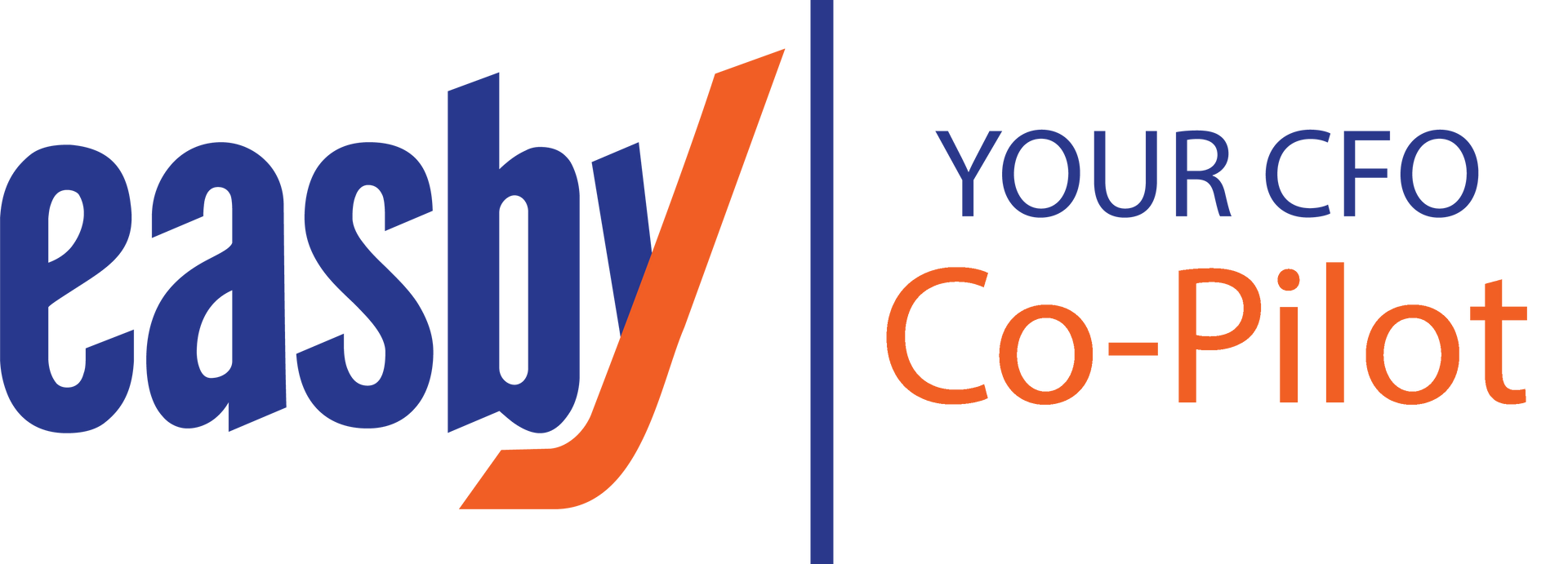Easby® Makes it Easy
Share this article:

By Ted Rose, CEO, Rose Financial Solutions
Managing finance, accounting, and tax functions is complex. In fact, it is often compared to rocket science and brain surgery. It’s time to end complexity! At ROSE®, we make it easy to manage your financial activities so you can more efficiently run your business and build stakeholder value.
Through Easby®, our Finance as a Service (FaaS) solution extends beyond traditional finance and accounting outsourcing by combining the power of people, processes, and technology. With ERP-level technology, Easby helps you better manage your back-office functions by connecting them into a unified system that facilitates visibility, communication, and access. Easby makes managing your financial processes easy and helps guide your success, taking you from where you are to where you want to be. Here’s how:
Efficiency
CEOs are forced to rely on piecemealed data and reports when utilizing outdated systems. Easby houses all of your finance and accounting information within the same platform, eliminating the need to log into multiple databases to manage your financial functions. With an enhanced user experience and user-friendly navigational tools, Easby brings your financial data to life, providing an unprecedented view of your company’s fiscal health.
Reliability
Due to the lack of a “big picture” view of the organization, outdated financial and accounting systems can impede business growth. CEOs can only make intelligent business decisions if they have access to reliable and timely information. Easby ensures that your financial data is kept current so you can track positive and negative changes that occur within your business.
Visibility
Easby’s complete financial package provides all the reporting necessary to navigate your business toward its goals, including the ability to track your KPIs against your financial statement to determine where operational issues exist so you can swiftly take corrective actions.
Financial Guidance
Our team of experienced finance, accounting, and tax professionals provides superior guidance for financial management, performance improvement, and minimizing compliance-related risks.
Scalability
Companies frequently choose a finance and accounting solution that addresses their immediate needs, not future requirements. As your company grows, Easby scales to suit your demands in terms of the volume of transactions executed and the incorporation of new technologies.
Cost-effective
In these trying economic times, many CEOs are looking for ways to cut expenses, increase productivity, and gain financial clarity without investing in a costly accounting system or adding additional staff. On average, Easby saves our clients 30% to 50% of the cost of an in-house team.
Security
With control structures in place, Easby decreases fraud risk by enforcing protocols allowing only those authorized to access, review, and approve payments. Additionally, Easby integrates self-authentication and provides enterprise-level security.
Flexibility
Whether you need a fully staffed solution or need support in specific areas of your accounting and finance department, we configure Easby to fit your needs. Our fully staffed solution includes our full technology platform, our best practices, and our people. Or you can make your accounting and finance staff more effective using Easby with your existing accounting software.
The Future of FaaS is Easby
As a leading industry innovator, ROSE has been at the forefront of the paradigm shift from traditional finance and accounting outsourcing to utilizing technology to simplify back-office functions through FaaS. Easby is a cost-effective, scalable solution that grows with your company and provides the advantage of an ERP without abandoning your current accounting and finance system. Please schedule an introductory call for more information on why the future of FaaS is Easby.
This content is for information purposes only and should not be considered legal, accounting, or tax advice or a substitute for obtaining such advice specific to your business.
Visit Us On:





